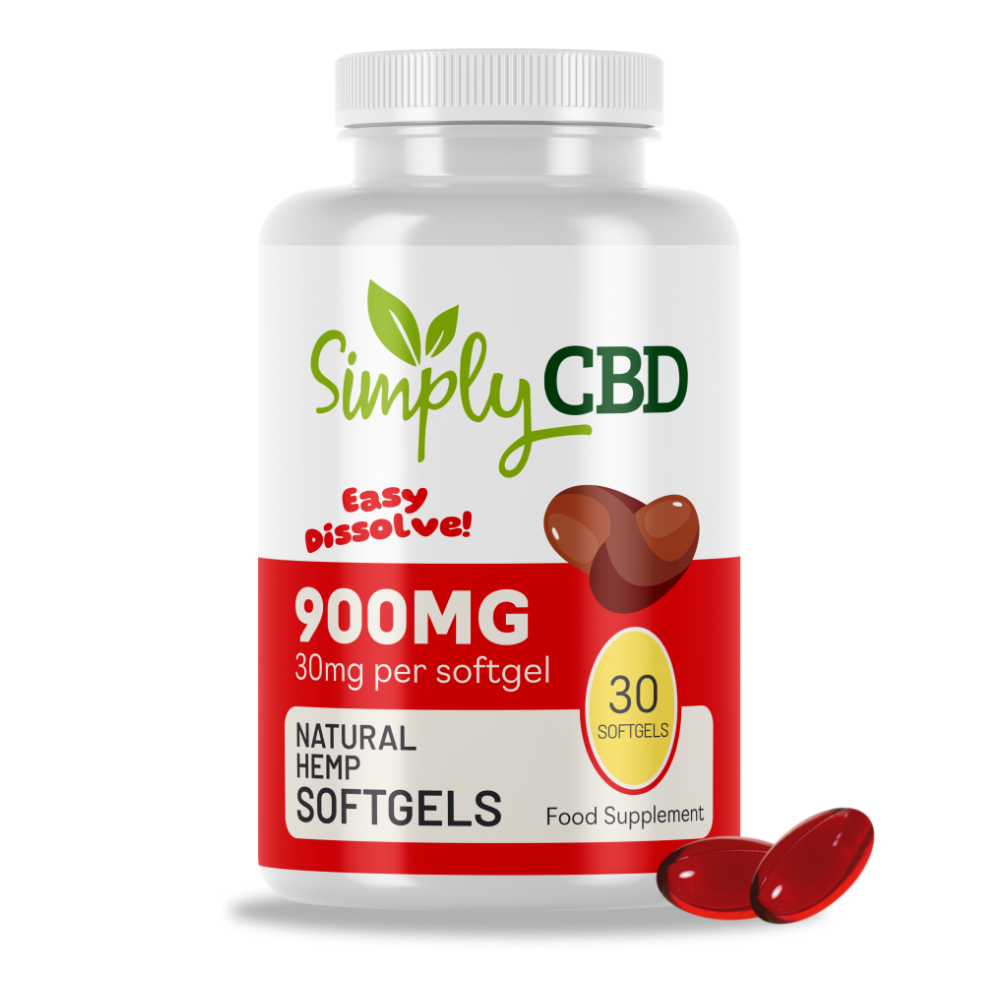
Polymyalgia rheumatica is a relatively common condition that causes symptoms which may interfere with a person’s ability to partake in regular activities. Although this condition is quite common, it is also widely misunderstood as awareness of it is generally lower than that of other similar conditions. Understanding polymyalgia rheumatica and the ways it impacts people can help fight misconceptions and provide a wider system of support for those who suffer from the condition.
What is polymyalgia rheumatica?
Polymyalgia rheumatica (PMR) is a condition that causes inflammation, pain, and stiffness, particularly in the shoulders, neck, and hips. The majority of people who receive a PMR diagnosis are over the age of 70. Cases among people below the age of 50 are extremely rare, and women are more likely to develop PMR than men. According to the NHS, around 1 in every 1,200 people develop this condition each year. On average, cases of PMR typically last for around three years, but symptoms can clear up much sooner with proper treatment.
Temporal arteritis
The NHS warns that as many as 1 in 5 people with PMR develop another condition called temporal arteritis. This is a more serious diagnosis that causes symptoms like a severe and sudden headache, vision problems, and jaw pain. These symptoms are a result of inflammation in the arteries of the neck and head. Temporal arteritis requires immediate medical attention as it can result in permanent vision loss if left untreated.
Polymyalgia rheumatica causes, symptoms, diagnosis, and treatments
Each PMR case involves similar causes, symptoms, methods of diagnosis, and treatments. However, these factors can sometimes vary, depending on the individual, their medical history, and their healthcare provider.
Causes
There is no definitive cause of PMR. However, it is age-related, as it rarely impacts people under the age of 50. Genetic and environmental factors are thought to lead to the development of this condition. Further research is required to determine concrete causes and risk factors.
Symptoms
The main symptom that indicates PMR is the rapid development of stiffness and pain in the shoulders. This pain and stiffness may also spread to other areas like the neck and hips. The stiffness is typically at its worst in the morning just after waking up and lasts for at least 45 minutes before it begins to improve with some activity. Other symptoms of PMR can include:
- Depression
- Lack of energy
- Loss of appetite
- Weight loss
It’s worth noting that PMR typically causes symptoms to occur on both sides of the body.
Diagnosis
Diagnosing PMR isn’t a speedy process as its symptoms overlap with other conditions which need to be ruled out. Additionally, no single definitive test can diagnose PMR, but diagnoses can be made with multiple tests and a symptom checklist. Tests that a doctor may order to reach a PMR diagnosis include:
- Blood tests, to check for issues like heightened levels of inflammation in the body, infection, abnormalities in organ function, and any thyroid issues. Some blood tests can help rule out other conditions with similar symptoms.
- Ultrasounds and/or x-rays, to help doctors understand the condition of a patient's bones, particularly their joints.
- Urine tests, to gain a better understanding of the patient’s kidney function.
A doctor is likely to diagnose PMR if a patient is:
- Experiencing morning stiffness that persists for over 45 minutes
- Experiencing pain in their shoulders, hips, and/or neck
- Past the two-week mark of experiencing these symptoms
- Over the age of 50
- Showing increased inflammation levels via blood tests
Another key sign that PMR is the correct diagnosis is when patients respond well to a trial of the standard treatment for the condition.
Treatments
Once a PMR diagnosis has been made, there is a standard treatment plan that most people respond well to. While it is not a cure for the condition, it can help alleviate symptoms and move people towards recovery. PMR is a self-limiting condition that lasts for around three years on average.
The standard treatment plan involves taking a moderate oral dose of steroid medication. This dose is then slowly reduced. Prednisolone is the corticosteroid that is typically used for PMR cases. While symptoms may improve within days of starting the medication, patients are typically advised to continue taking it (at a lower dose) for around two years. The condition should resolve itself in this time, and the long-term dose helps significantly reduce the likelihood of a relapse. It’s important that people don’t come off of their steroids suddenly, as doing so can have dangerous effects.
As with most medications, prednisolone is not without its possible side effects. These may include mental symptoms like depression, suicidal thoughts, anxiety, irritability, moodiness, and hallucinations. Additional physical side effects may include stomach ulcers, weight gain, heightened blood pressure, weakened bones, and an increased risk of infection (particularly the virus that causes shingles and chickenpox). The lower the dose, the lower the risk of side effects.
In some cases, additional medications may be prescribed. This may be due to failure of the standard treatment option, to prevent relapses, or to help support patients as they lower their dose of prednisolone.

Debunking misconceptions about polymyalgia rheumatica
While PMR is a common condition, it can get overlooked. There is much wider general knowledge of similar conditions like fibromyalgia and rheumatoid arthritis, and polymyalgia rheumatica is often lumped in with them. While these conditions do share some primary symptoms like pain and stiffness, their causes, additional symptoms, diagnosis methods, and treatments all differ. It’s also worth noting that PMR is self-limiting, unlike fibromyalgia and rheumatoid arthritis, which are chronic conditions.
Some people also believe that because of the average age of PMR patients, their symptoms are nothing more than part of the natural ageing process. While it’s common to experience more pain and stiffness in older age, the symptoms of PMR are much more severe. Also, while general aches and pains may develop slowly over time as a person ages, PMR develops very quickly, sometimes overnight. PMR involves a very specific set of symptoms and signifiers of increased inflammation that people without the condition would not experience. Steroid treatments would also not be prescribed for people who are simply feeling the natural effects of ageing, but they are the most common and effective treatment option for PMR cases.
The importance of raising awareness of polymyalgia rheumatica
As mentioned above, PMR is widely overlooked and misunderstood, so raising awareness of it is crucial. It’s a very common condition with low awareness levels, which may result in many people avoiding seeking help. Wider awareness means that people with PMR symptoms can get the help they need, and the people in their lives can support them effectively. It also helps fight the common myths and misconceptions that surround PMR.
Supporting someone with polymyalgia rheumatica
Supporting someone with PMR may involve helping them track their symptoms, noting the effectiveness of their medication (and any side effects), setting medication reminders, accompanying them to doctor’s appointments, and helping them complete physically taxing tasks. Additionally, raising awareness locally and online, participating in awareness campaigns, and donating to PMR-related organisations are all great ways to support the wider PMR community.
Polymyalgia rheumatica support groups
As this condition can be difficult for people who don’t have it to understand, it can be useful for people with PMR to connect with each other. Support groups, whether they’re held online or in person, are a great way for people with similar experiences to find and support each other. These groups are typically provided by relevant organisations, but there are also social media-based options to explore.
Groups via charities and organisations
PMRGCA UK offers a local support group directory on their website in the form of a map. Users can simply identify the pins that are closest to their location to find the best support group options. Those who would prefer to join an online support group via this organisation can email info@pmrgca.org.uk to sign up. Alternatively, Mayo Clinic, a world-renowned, non-profit medical organisation, offers an international public support group where anyone impacted by PMR can ask questions, provide advice, and share their experiences.
Groups via social media
Social media is a useful tool when looking for support groups for specific conditions, including PMR. For example, PMR - Polymyalgia Rheumatica Support is an independent group on Facebook with over 14K members. There are also smaller scale groups available, such as Surviving Polymyalgia Rheumatica, which has 3.9K members, and Polymyalgia Rheumatica Support Group, which has 2.7K members. All of these groups aim to provide uplifting and supportive online environments where people with PMR can connect and share their stories.
The importance of polymyalgia rheumatica support groups
It can be difficult to get a PMR diagnosis and even more difficult to live with the symptoms. Some people also suffer greatly from side effects caused by the steroid medications used to treat PMR. Connecting with other people who understand what it’s like to live with PMR and the process of getting a diagnosis and treatment can be very valuable. It can help push people to seek the help they need, and provide useful information about the realities of living with PMR. These groups also help people who are close to someone with PMR learn from first-hand experiences about how to best support their loved ones.










